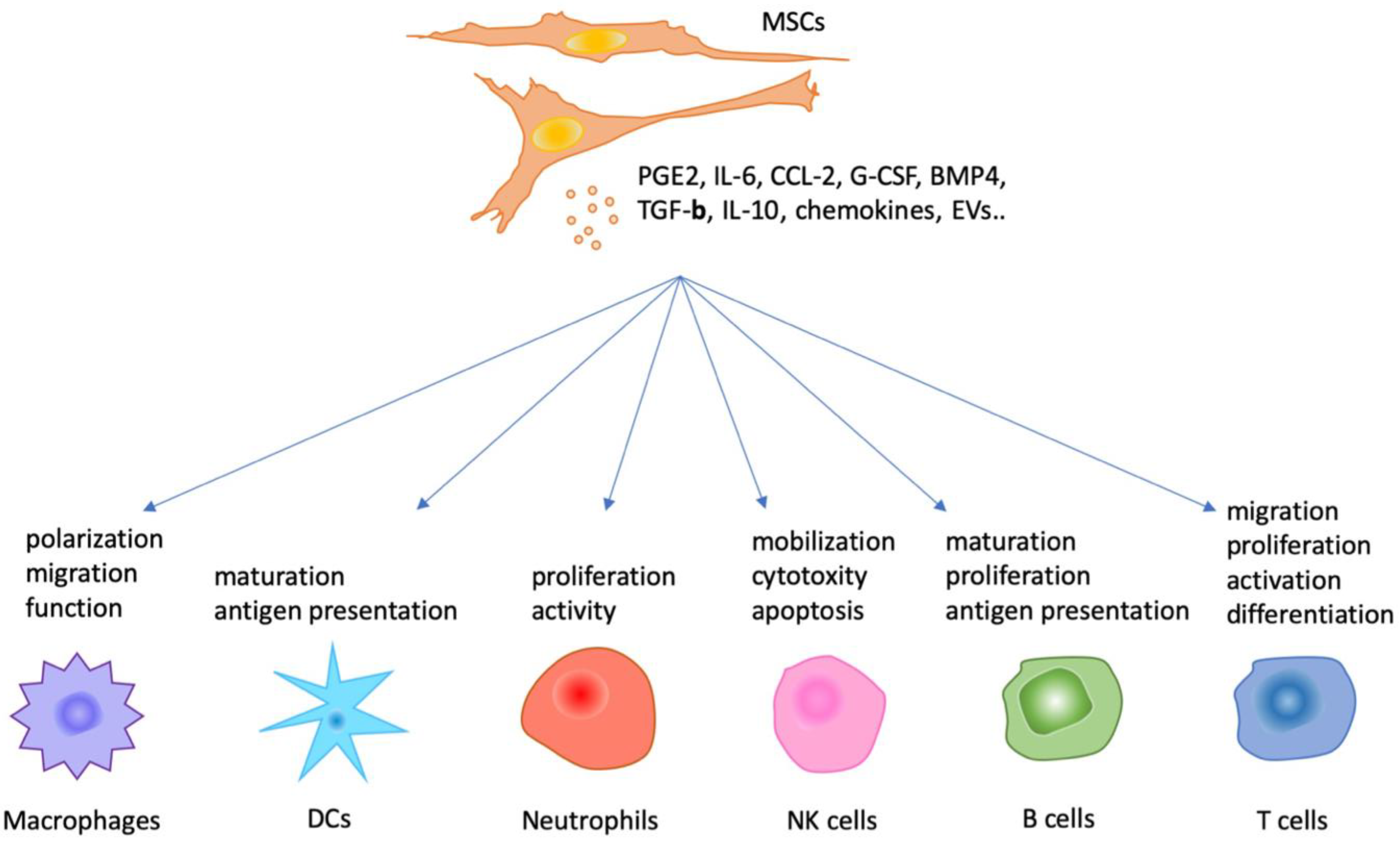
Frequently, a combination of antibodies is used to characterize the MSC phenotype retrospectively. Therefore it remains a challenge to isolate MSCs specifically from a mixed cell population. To date, there is no one single marker or a combination of markers that has been shown to be specific and exclusive to MSCs. However, these are not expressed exclusively by MSCs and are found on other cell types as well. SH3, SH4, and STRO-1 antibodies recognize antigens that are present on mesenchymal stem cells but not hematopoietic cells (for review, see Baksh et al., 2004 Gregory et al., 2005 Tuan et al., 2003). MSCs are negative for the hematopoietic markers, CD34, CD45, and CD14. (2003).Įxperimentally, MSCs are identified by the expression of a number of surface markers, including STRO-1, SB-10, SH3, and SH4 antigens as well as Thy-1 (CD90), TGF-β receptor type III endoglin (CD105), hyaluronic acid receptor CD44, integrin α1 subunit CD29, CD133, p75LNGFR, and activated leukocyte-cell adhesion molecules (ALCAM, CD166).

The arrows are presented as bidirectional, suggesting that differentiated mesenchymal stem cells are capable of dedifferentiation and transdifferentiation ( Song and Tuan, 2004). MSCs are able to differentiate into cell types of multiple lineages under appropriate conditions, including bone, cartilage, adipose, muscle, tendon, and stroma. Multilineage differentiation potential of mesenchymal stem cells.


 0 kommentar(er)
0 kommentar(er)
